The Projector, Infantry, Anti-Tank (PIAT) was designed in response to the need for a hand-held infantry anti-tank weapon to replace the earlier, ineffective, Boys anti tank rifle and provide much needed firepower to infantry sections.
The history of the Projector can be traced to an anti tank weapon known as the 'Baby Bombard' and issued to the Home Guard in small numbers. This was developed by Lt Col Stewart Blacker and his replacement in the War Department, Major Millis Jefferis, combined the earlier design with his own to produce the 'Jefferis Shoulder Gun'. The Jefferis Gun passed its trials and the weapon – renamed PIAT was placed into production in August 1942, with some 115,000 being produced.
The PIAT was a simple device and was made up of a steel tube with associated trigger and powerful firing spring, also known as a Spigot. When fired the Spigot would detonate the propellant charge in the munition “throwing” it towards the target.
The primary advantages of the PIAT were the lack of muzzle blast and smoke as a result of firing and also the ability to be fired from inside buildings without the fear of back blast, normally associated with the American Bazooka and German Panzerfaust weapons.
The main disadvantages were the enormous recoil of the weapon – meaning it could only be fired from a prone position, relative inaccuracy, short range and the problems of re-cocking the powerful spring to allow for a reload. The warhead of the munition was effective against lighter German Armour but had to be aimed at the sides, rear or top of later, heavier tanks to ensure penetration, with the consequent dangers that posed the PIAT operator!
The PIAT was widely used by Airborne Forces and provided a much needed anti tank capability, especially in the Normandy Landings and later Arnhem campaign. One member of Airborne Forces – Major Robert Henry Cain was awarded a Victoria Cross, partly for his use of a PIAT defending the perimeter during Operation Market Garden and destroying a heavy German Tiger Tank in the process.
Dennis Edwards describes PIAT use in Normandy against German Beutepanzers (captured French Armour) here.
It remained in service with Airborne Forces until the 1950s when it was largely superceded by the American 3.5inch rocket launcher.
Statistics
Length: 0.99cm
Weight: 15Kg
Muzzle Velocity: 76m per second
Warhead: High Explosive Anti Tank (HEAT)

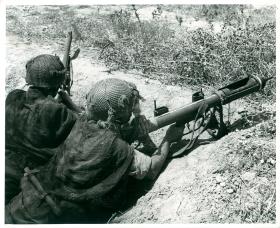
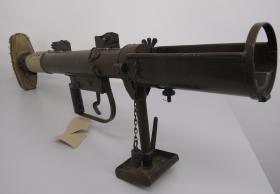
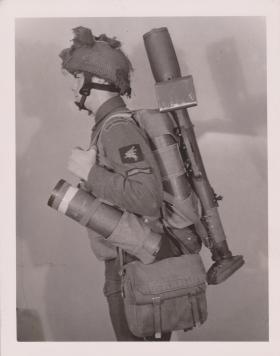
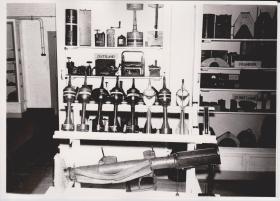
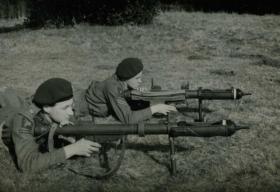
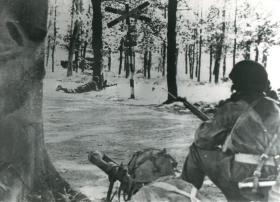
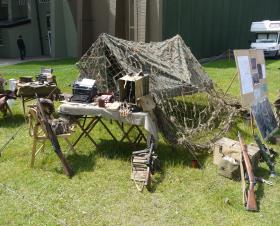
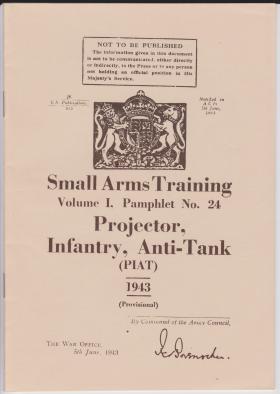




Latest Comments
There are currently no comments for this content.
Add Comment
In order to add comments you must be registered with ParaData.
If you are currently a ParaData member please login.
If you are not currently a ParaData member but wish to get involved please register.